On July 26, the University of Minnesota announced traffic would be blocked on two busy Dinkytown streets between Thursday afternoons and Sunday mornings, beginning Thursday, July 28 and ending Sunday, Aug. 14. Some local business owners expressed frustration that they were not included in the decision-making process at a public meeting following the announcement.
The Strategic Safety Advisory Committee, formed after pressure mounted at the University from parents of University students, drove the development of the Dinkytown Safety and Pedestrian Access pilot program.
To execute the project, the University of Minnesota Police Department funded the barricades and contracted a private company to ensure that 5th Avenue SE between 13th and 14th avenues, and 14th Avenue SE between 4th and 5th streets, are pedestrian-only zones over three weekends.
The streets will be barricaded from 4 p.m. on Thursdays through 10 a.m. on Sundays. Parking meters will be closed and blockades will be installed on the two streets where many businesses like Wally’s Falafel and Hummus and Tony’s Diner are located.
However, at a Dinkytown Business Alliance (DBA) meeting on Wednesday, many business owners said they had not been warned of this plan and expressed frustration that the decision to designate the area as pedestrian-only had been made without their input.
“We’re on 13th Avenue, the main area of concern, which is not where the barricade is,” Karyn Zweig, director of property management at Riverton Community Housing, said. “We wanted to have a say beforehand. Like could we talk first before you just do that?”
Director of Local Government and Community Relations Tina Erazmus and Community Engagement Liaison for the University Department of Public Safety Nick Juarez spoke at the DBA meeting, addressing business leaders’ concerns and ideas.
During the meeting, Erazmus said the committee decided to eliminate parking and driving through those streets to distance people who come to Dinkytown to commit crimes from their vehicles. She said blocking off the street can prevent people who participate in street racing or get into fights, for example, from escaping the area quickly.
Erazmus said Ward 3 Council Member Michael Rainville said during a committee meeting this type of strategy had proven effective in the Mill District and on Main Street SE.
“When we heard that it was very effective, I said ‘we need to try it here,’ because we have to try something,” Erazmus said, addressing the attendees. “I know the most frustrating thing is when people feel that they are not heard or they’re not being listened to, and that’s not my intention at all. We want your feedback.”
Other concerns that arose during the meeting include the lack of parking, as this could discourage people from visiting Dinkytown businesses, and the decision to close down 14th Avenue instead of 13th Avenue, which some owners said has more frequent problems with crime, including a shooting at Burrito Loco on July 8.
Burrito Loco had to close for 10 days following the incident to clean up a mess left by a shattered window and develop a safety plan for staff and customers, owner John Park said. Changes implemented in the restaurant included cutting back patio hours and forcing people out of the bar if they do not comply with safety-related orders.
Park said he’s worked with other businesses, such as the Kollege Klub, to hire an off-duty police officer to keep watch on weekends.
Erazmus said the City of Minneapolis could not close down the section of 13th Avenue near Burrito Loco, even though it was their first choice place to target, because the blockades would conflict with permits in the area.
While local business leaders have a serious stake in reducing crime in the area, they are also uncertain about what the pilot program will mean for them. Owner of Blarney Pub and Grill Mike Mulrooney said he is open to the street closure idea, but is concerned about how it will affect the area.
“[Dinkytown] is not a destination area anymore,” Mulrooney said. “[With] what little destination traffic that we had in Dinkytown, we’re going to even remove more, and that’s going to hurt some of these businesses.”
DBA members also expressed frustration at the meeting that the pilot runs on the weekends when their businesses often have the most traffic.
Some members advocated for removing the barriers during the daytime when there is less crime and more traffic, but Erazmus said removing and putting back the barriers each day would take too much manpower and create confusion.
DBA members proposed installing a speed bump and adding mobile lights and a mobile camera near 13th Avenue to help reduce crime in the area. Erazmus said she would discuss these ideas with the city.
Erazmus said she plans to meet with the DBA again to discuss the results of the pilot after the three week trial period, including whether businesses saw fewer customers. Mulrooney said he’s skeptical that three weeks will be long enough to obtain meaningful data.
“Three weeks isn’t going to change habits; it’s not going to change where these people are coming from and why they’re coming into the area,” Mulrooney said. “Listen to us who have been here for 20 plus years. Listen to us business owners that are part of this every single day and every single night.”


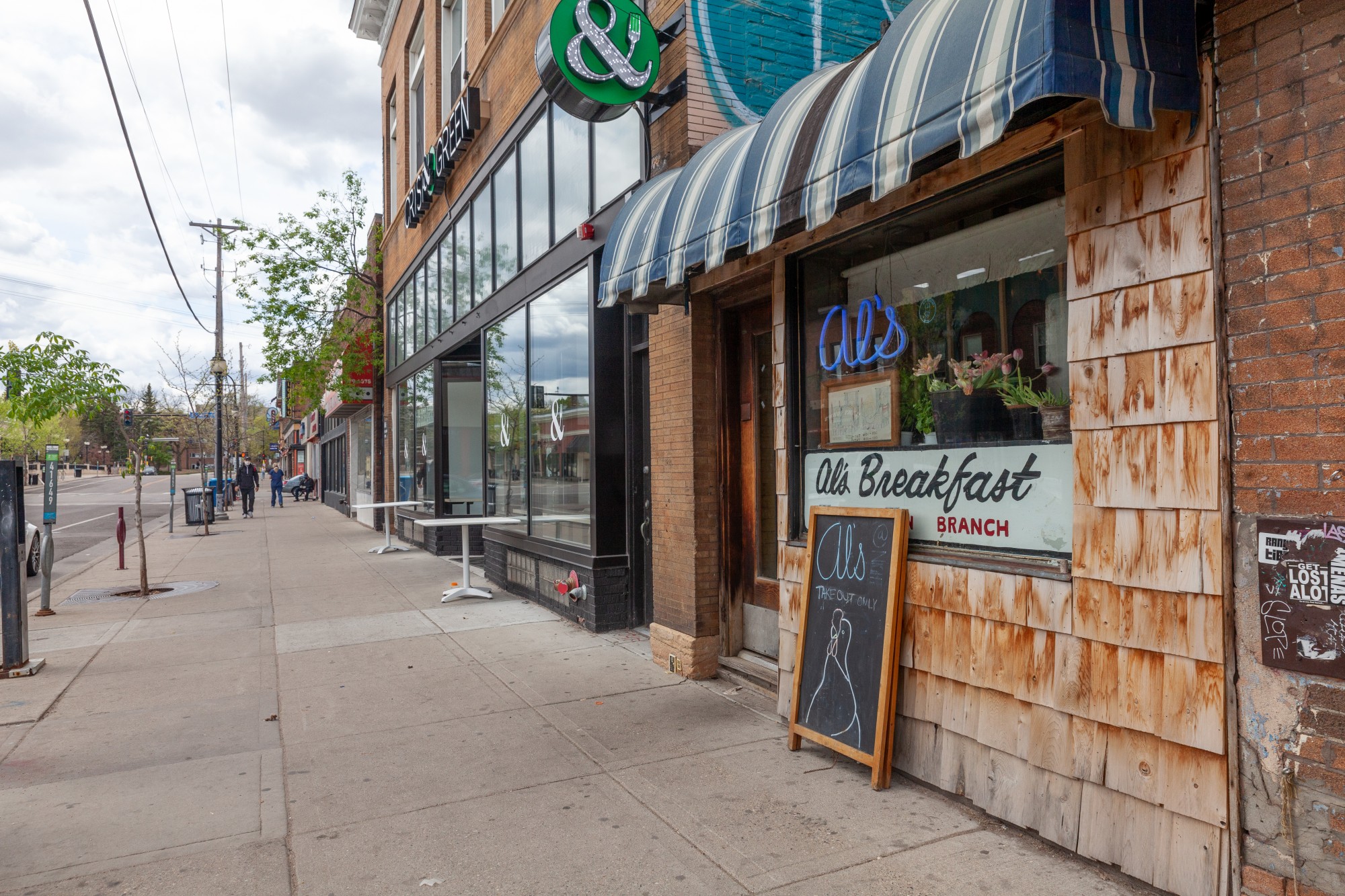


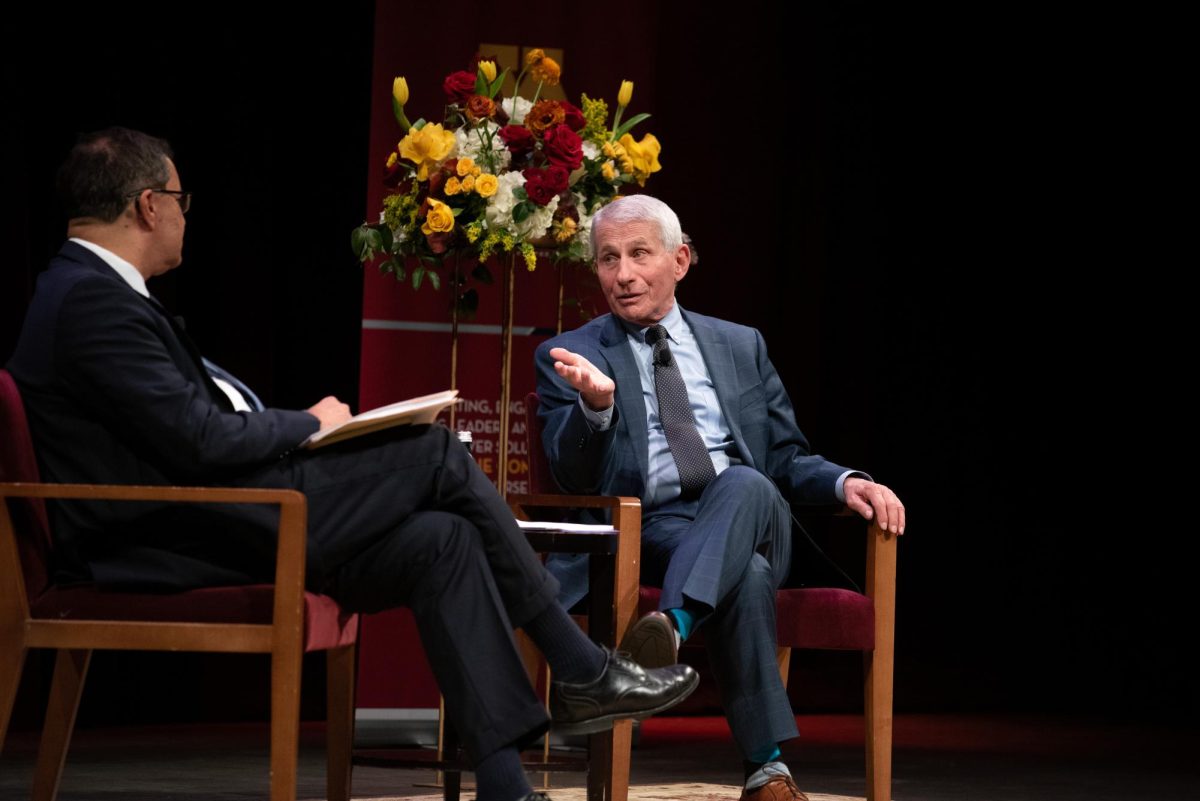






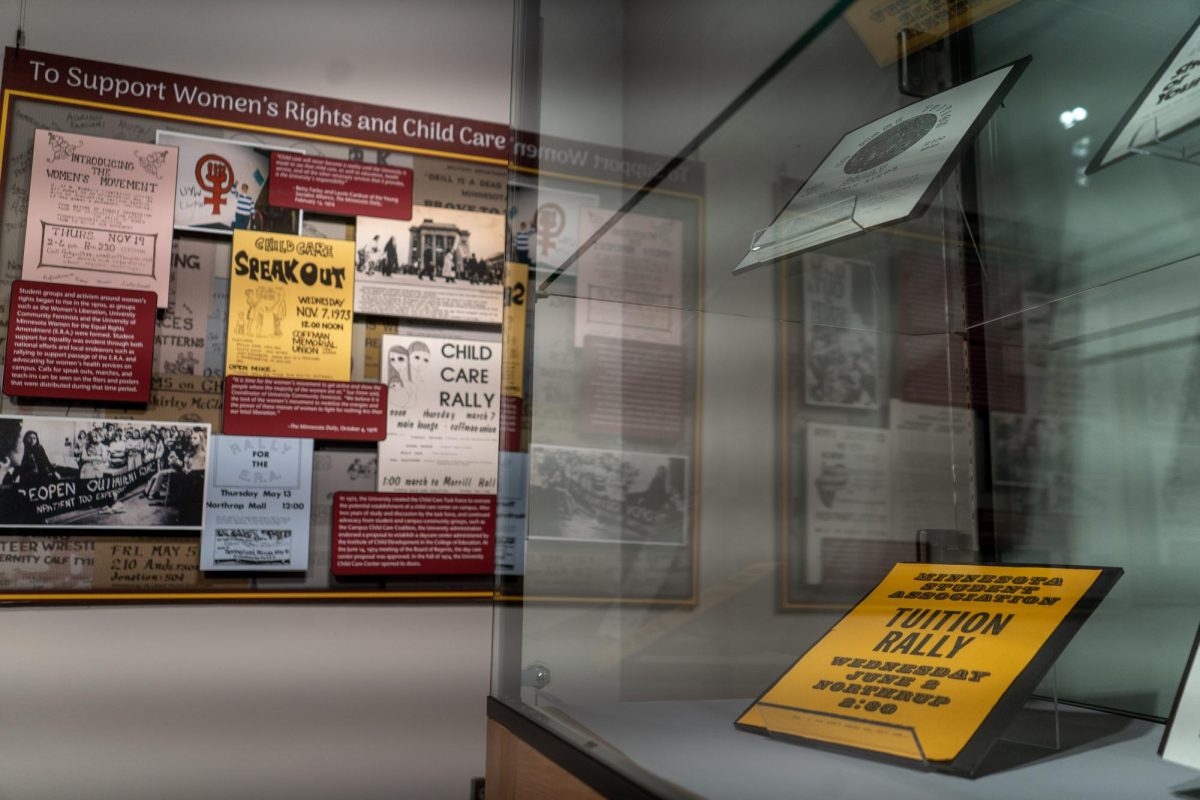
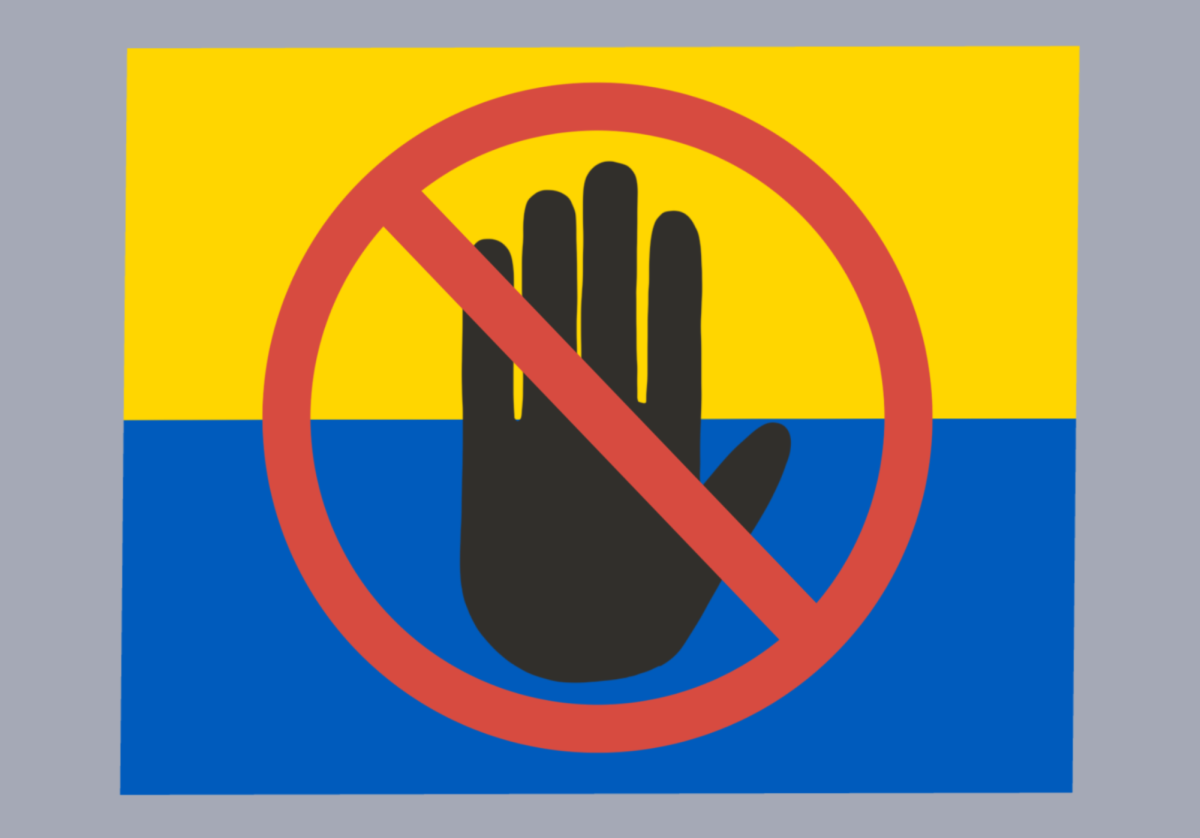




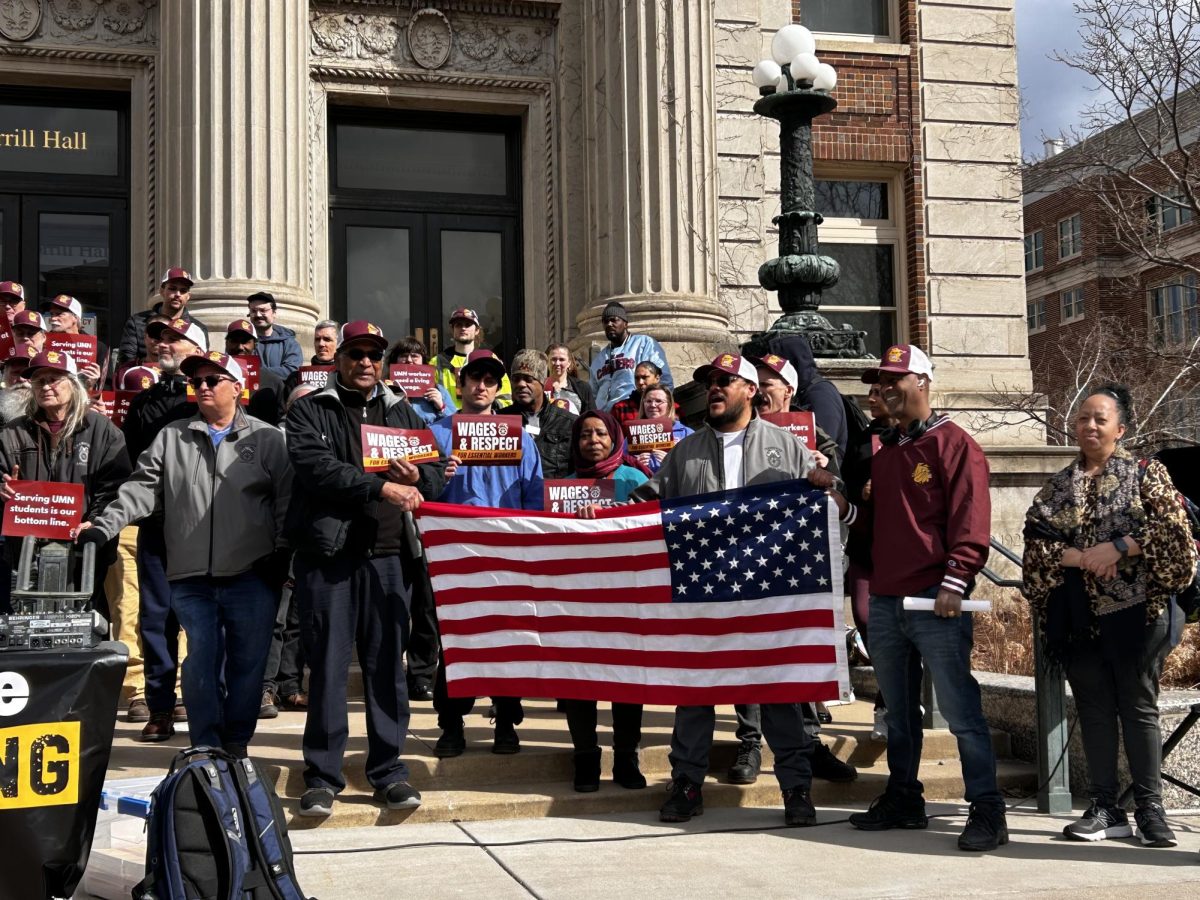
lostoncampus
Aug 3, 2022 at 4:48 pm
Remember the big push by students and some faculty to sever ties with MPD ?
Great move huh?
Cops are bad though right?
Yeah. . . . College is for learning – I hope you people learned a lesson here/